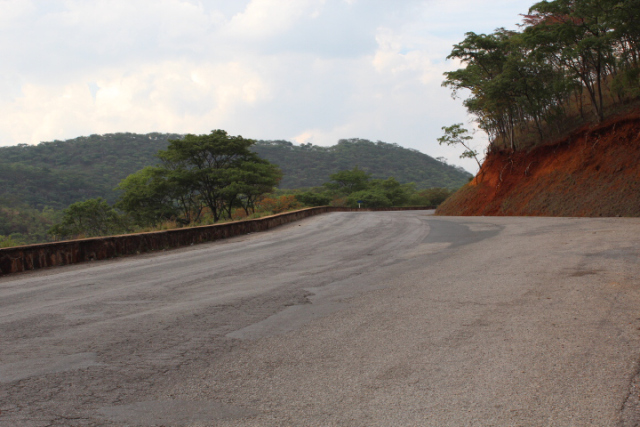
The Sunday News

Rumbidzai Mbewe, Sunday Life Correspondent
ONCE in a while, one has to pamper him/herself. And besides it doesn’t harm to get to know your country better. If you are interested in knowing Zimbabwe better maybe taking part in the Friends of the Environment Annual Walkathons will help you as it is not all about walking and planting trees but it gives you the opportunity to see different parts of the country. It also gives you the opportunity to visit national heritage sites and holiday resorts spread all around the country.
In 2011, participants of the Harare to Mutare walk had the chance to experience and enjoy the spectacular view of the city of Mutare from the Christmas Pass, one of the places that Manicaland boasts of. In 2015, some of those who took part in the Walkathon from Bulawayo to Plumtree had an opportunity to cross the border into Botswana where a tree planting ceremony was held.
This year’s edition of the Walkathon which is starting in Gweru and ending in Shurugwi will present walkers with an opportunity to pass through the scenic Boterekwa escarpment, one of the wonders in Shurugwi District, Midlands Province.
Located 33 kilometres east of the Midlands Provincial capital Gweru along the Gweru Zvishavane Highway, Shurugwi is one of the richest mineral towns in Zimbabwe. As one passes through the town, there is no indication of the marvel that is about to befall you. The road suddenly steepens, then meanders, bends and strikingly drops into the undulating fold mountains of the Great Dyke. The weaving into curved mountain edges gives spectacular scenery to travellers.
Steeping further, the gradient becomes even more dangerous and daring. The adventure of negotiating the eight-kilometer descent on this narrow and meandering pass seems only comfortable when in low-range four-wheel-drive. For walkers, negotiating this pass on foot is certainly going to be challenging but interesting.
Boterekwa (a Shona word meaning “meandering”) was named in reference to the sharp curves. The pass was also known as the Wolfshall Pass in the Colonial Era. The pass was constructed by Italian engineers and a simple glance at the road leaves one in awe at such a marvelous feat of engineering, at the same time admiring the expertise of these craftsmen, their skills and ingenuity in carving an 8 kilometre snaking road on rolling mountains. After every one kilometre, they deliberately carved-out a lay-by which allows travellers the opportunity to pull over and enjoy the majestic view of the Boterekwa Mountains. In the middle of the Boterekwa is the 100m trail to Dunraven Falls. Just like many other falls found throughout the country, the Dunraven Falls are being used by various religious sects for “special religious ceremonies”.
Boterekwa Valley, which was famous for freshwater streams and various plant species, used to attract large numbers of tourists every year but today the land has been turned up-side-down by illegal gold panners and the water is polluted.
Besides the Boterekwa escarpment, when entering the mining town from either side of the Zvishavane/Masvingo-Gweru highway, the district is endowed with an array of natural resources which make it one of the few places in the country with a huge tourism potential.
The mineral rich district has a number of tourist spots which have been classified as National monuments. The sites include the Memorable Order of Tin Hats Shrine, Ferny Creek, a natural spring from which the Town Council used to draw some of its water. Ferny Creek, which is to the north-east of the town, was a popular tourist destination in the early 1980s, attracting many people from outside the country. However, the place now looks deserted with overgrown grass covering the little that’s left of the botanical gardens. Ferny Creek was home to Zimbabwe’s national flower the Flame Lily or Kajongwe in Shona.
Shurugwi also houses some of the oldest buildings such as Methodist Chapel built in 1903 and the Anglican Chapel built in 1908. These buildings were declared national museums sites in 1981.



